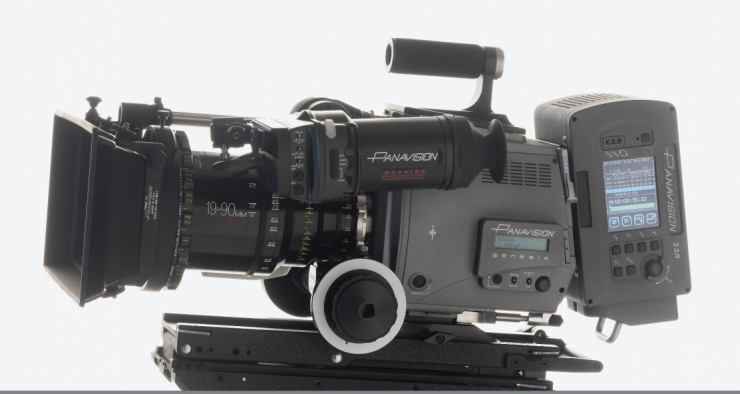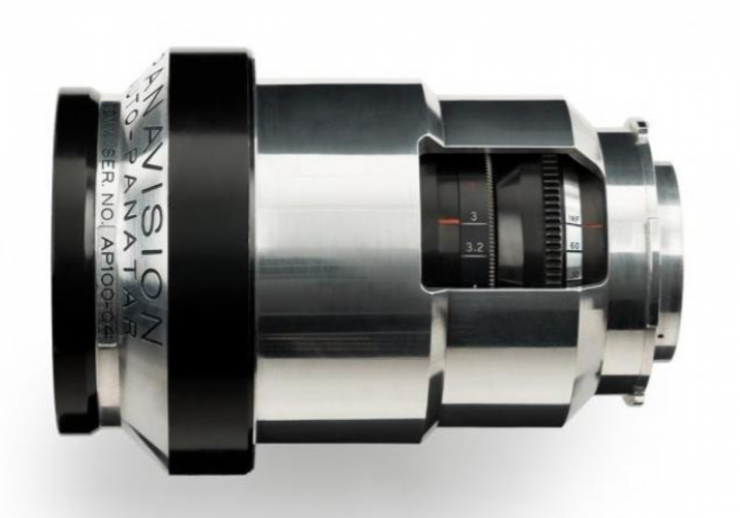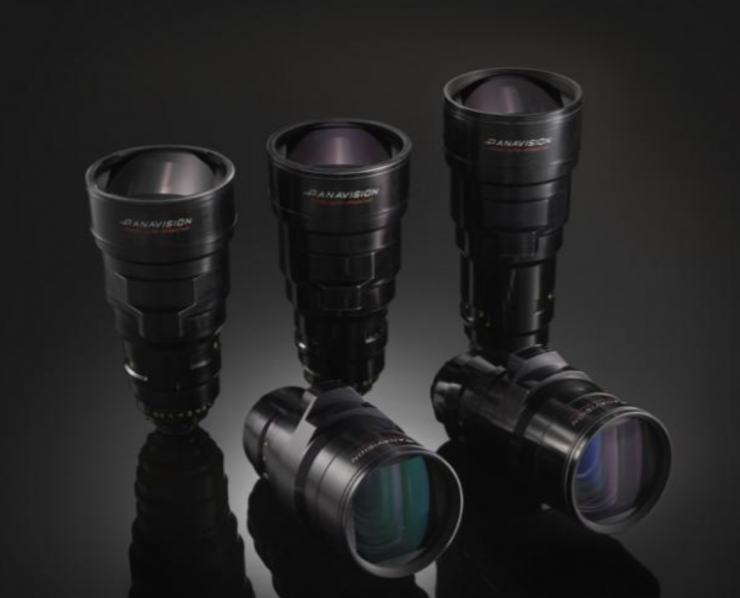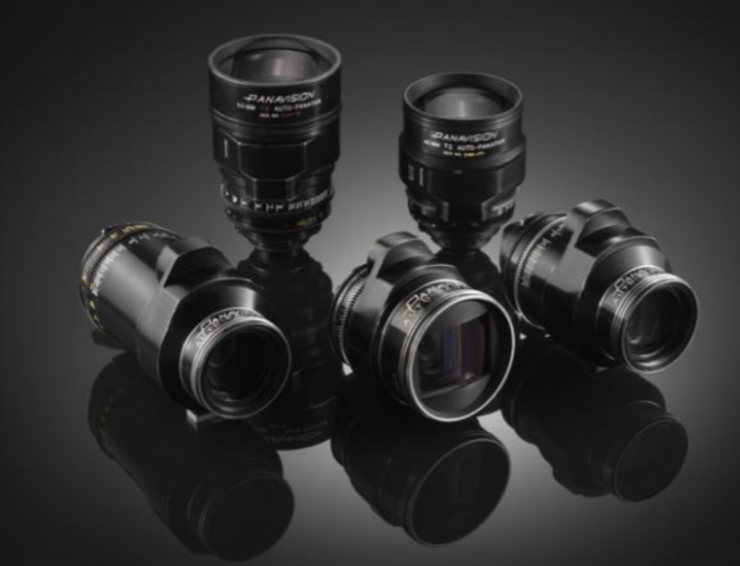
Many of the most memorable images in modern cinema from BLADE RUNNER to DIE HARD to LA LA LAND share this same secret.
The concept of moving pictures having a quality we call “cinematic” is one that used to get very little attention. There were images destined for the cinema and they were by definition cinematic. Then there was everything else. Sometimes people would try to make a TV commercial or a music video more “cinematic” by putting black bars top and bottom to simulate a widescreen image but that was usually the extent of it.
As the digital revolution gathered pace around the turn of the millennium, many people started to identify the tangible differences between digital and 35mm film to justify that film was inherently more cinematic. One by one these differences were overcome by digital, most notably with higher resolution, wider dynamic range, and larger image area allowing a shallower depth of field. Now there are many cameras that meet or even exceed 35mm film on one or more of these factors. Because of this, the differences have become increasingly subtle as have the efforts to emulate the cinematic-film look with a digital process.

When digital cameras eventually emulated the 35mm sized frame, starting with the aptly named Panavision Genesis and cemented with the RED ONE and the ARRI ALEXA, a whole new front in this battle opened up as cinematographers were suddenly able to access the massive range of legacy lenses that had produced many of the greatest images of cinema history.
In this process, certain characteristics of vintage lenses have come to the fore, prized for the way they convey in the popular unconscious, the aesthetic we have collectively come to associate with big movies at the cinema. While we are currently spoilt for choice with vintage lenses and new ones that deliberately emulate specific vintage characteristics with modern designs, there is one type of lens and their use on some very specific movies that are overwhelmingly responsible for what is now deeply ingrained in our cultural psyche as “cinematic”.
This is the story of how that happened and what it means for us now as film makers. The photochemical process of making movies is one where every step in the image chain results in an unavoidable loss of contrast and resolution. For a hundred years the best manufacturers worked to reduce this loss of sharpness and contrast at each stage from camera lenses, film stock, processing, printing, and projection. One of the biggest advances in this was achieved by coating the glass elements within a lens to smooth transition of the light rays from the density of the glass to the less dense air between the elements. Better coatings and then multiple layers of coatings became extremely successful in stopping the light rays scattering randomly within the barrel of the lens. This resulted in big improvements in both resolution and contrast, especially as light sources flared directly into the lens.
As television began to encroach on the territory of the cinema in the 50’s and 60’s the Hollywood studios responded with a range of visual innovations to lure audiences to the theatre and the most enduring of these was widescreen pictures in the form of anamorphic popularised by 20th Century Fox’s “Cinemascope” and perfected by Panavision. “Filmed in Panavision” became code around the world for spectacular, high-quality movies that confidently filled the big screen.
The Panavision look became associated with rich, colorful images with solid contrast, low grain, and great sharpness. A big part of this was the larger image area used by anamorphic, about a third more than standard 1.85:1 Academy. Also compared to Super-35mm or even the massively bigger Vista-Vision, it didn’t require an optical squeeze to create a standard release print and so the prints could be made directly from the negative without going through another piece of glass and an interpos as well as interneg. This meant that anamorphic films could achieve a great degree of contrast and sharpness compared to say a Super-35 film.
This was all vitally important in the days before the digital intermediate when there was virtually no control of sharpness, color saturation or contrast once the image had been shot. Once the DI came along in the late 90’s early 2000’s this all changed and Super-35mm was suddenly a much more viable choice and the Lord Of The Rings trilogy changed industry expectations of what could be done with spherical (non-anamorphic) lenses in the Super-35mm widescreen format and creating the squeeze for a standard release print in the digital stage instead of optically in the photochemical stage.
This escaped some of the downsides of anamorphic lenses such as their size and weight, generally slower T-stop and the fact that the lenses themselves had (somewhat ironically) lower contrast and resolution than their spherical equivalents because of the extra bit of glass to do the anamorphic squeeze. This had simply been more than compensated for by the bigger negative and the ability to do direct prints.
So with the digital intermediate and then more so with digital cameras, there was no longer the technical benefit to having a squeezed image coming out of the lens but over the last decade there has been a swing back to the popularity of anamorphic and it is largely because something else had been going on since the 1960’s.
Panavision was founded in 1953 to manufacture the reverse anamorphic lenses for projectors that were in desperate demand in order to screen the increasingly popular Cinemascope films. It turned out that they could do this to an extraordinarily high standard and their Panatar lenses ended up replacing most of the Bausch+Lomb projection glass that had started the Cinemascope trend.

Building on this success, they turned their attention to anamorphic lenses for cameras and devised a clever mechanical solution to the problem of distorted facial features (the “mumps” effect) that had plagued the introduction of Cinemascope. These Auto-Panatar lenses were soon a hit with both Hollywood cinematographers and the movie stars they were photographing.
By 1968 the Auto-Panatar had reached it’s third major iteration – the “C” series and it was on its way not only replacing all other anamorphic systems including Cinemascope itself, but also eventually making 65mm virtually redundant for photographing mainstream movies.
An so began the long reign of the C Series Anamorphics as the go-to lenses for big Hollywood movies. from ’68 through the 70’s and 80’s there is an almost endless list of big and great films that were captured through the C Series lenses. Films like Chinatown, the original Star Wars, Close Encounters Of The Third Kind, Blade Runner and The Untouchables infused the subconscious of a generation of film lovers and film makers with the optical characteristics of the C Series as “The Look” of big, beautifully crafted cinema.
Most obviously this means the distinctive lens flares with their elliptical bokeh and blue streaks from bright highlights but also in subtle elements of contrast and optical distortion.

Of course, Panavision continued to develop their anamorphic offerings notably with the E Series, G Series, T Series and Primo Anamorphics. But the C Series remained popular and continued to be used, often alongside the newer lenses on the same film.
In 1988 a film came along that started the visual trend that is reaching its full speed today. For Die Hard cinematographer Jan de Bont ASC used both the Panavision E Series and C Series not despite their different “imperfections” but specifically because of them, often in the same scene. He used the E Series for more contrast and subtle flares in the wider shots and then switched to the C Series to give the close-ups lower contrast and more dramatic flares. The result was a distinctive and fresh feel to the action film and used the optical “aberrations” of the C Series anamorphics to be more than just part of the canvas of the film but featured visual characteristics of the look. When de Bont re-teamed with director John McTiernan for 1990’s The Hunt For Red October they again leveraged the look of the C Series and paired them with a plethora of practical lights built into the sets of the submarine interiors for a constant stream of beautiful flares, veiling glare and subtle contrast throughout the memorable film.

With this precedent the C Series continued to be used on big movies through the 90’s both for their general feel and also as a dramatic look depending on whether they were protected from or blasted with, direct light from the scene.
Like many of us, J. J. Abrams grew up with the big movies of this era and unsurprisingly as a result became one of the biggest devotees of both the lens flare in general and the C Series in particular. Abrams was part of this generation and our collective experience of the cinema curtains pulling back after the trailers and advertising to reveal the spectacular “scope” screen stretching across the auditorium which then filled with so many indelible images.
His preference for the C Series with cinematographer Dan Mindel ASC BSC in their Star Wars and Star Trek films of the last decade has now cemented in the minds of a new generation that this is indeed the look of a big movie.
While Abrams and Mindel have made spectacular use of the C Series, the most evocative use of the lenses in recent years was by director Damien Chazelle and cinematographer Linus Sandgren FSF ASC for the Oscar winning La La Land. The C Series perfectly captured the feeling of old Hollywood that so successfully infused the film.
But not every big movie since the 60’s has been shot with the C Series or even anamorphic glass. In the 90’s the Panavision Primo Anamorphics became popular with many cinematographers because of their clean, precise look. In the final decade before the DI revolution, they enabled DP’s to create spectacular widescreen images, without many of the telltale signs of the anamorphic process. The Primo Anamorphics were employed with particular success by Dean Semler ACS ASC for his Academy Award winning photography of Dances With Wolves in 1990.
But the “standard” 1.85:1 Academy format has also continued to deliver many incredible images. Steven Spielberg is particularly noteworthy for switching between Anamorphic and Academy for story reasons rather than the scale of the film. While films like the Indiana Jones series and Close Encounters were great examples of Anamorphic with the C Series, Allen Daviau ASC’s unforgettable lens flares from the torches in E.T. The Extra Terrestrial were created with Panavision’s Spherical Super Speed MkII lenses in the Academy format. Similarly Dean Cundey ASC used the Spherical Primos for the blockbuster Jurassic Park and Janusz Kaminski ASC captured his first Oscar for Schindler’s List with Zeiss Super Speeds and Standard Speeds. Those 3 films alone have had a huge impact on the visual language of cinema but there are many others like John Seale ACS ASC’s Oscar winning work on The English Patient, also shot in 1.85 Academy on the Spherical Primos.
In fact, even the most memorable of the Anamorphic classics of the C Series era, such as Blade Runner, Star Wars and Close Encounters had many of their photochemical visual effects captured on either 65mm or VistaVision film with Spherical lenses, often modified Nikon stills lenses. Because of this, many of the most iconic images from these most iconic Anamorphic films, actually have Spherical lens flares.
So while Anamorphic lenses and the Panavision C Series in particular have contributed enormously to the shared visual language of the cinema and have been used so effectively from de Bont-McTiernan to Abrams-Mindel and Chazelle-Sandgren, not just for their inherent beauty but to evoke a connection to the concept of cinema itself, the concept of what is “cinematic” is much more nebulas.
There are films like La La Land that directly benefit from consciously using this shorthand with the audience but at the end of the day, there is no one look that is “cinematic”. As with many things in film making the master craftsman of the cinema, Steven Spielberg is a great guide and one thing his filmography says loudly and clearly is that “cinematic” is whatever best serves the story you are telling on the screen.





